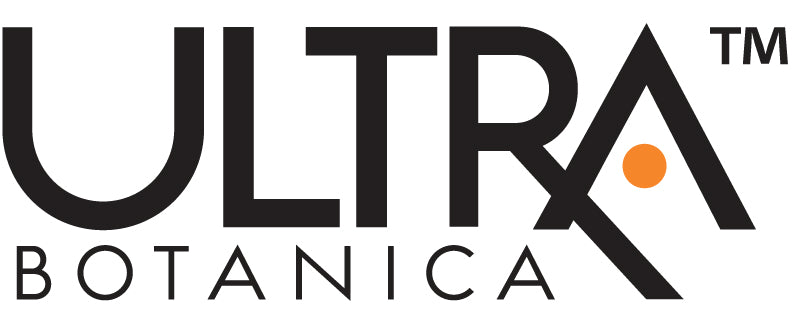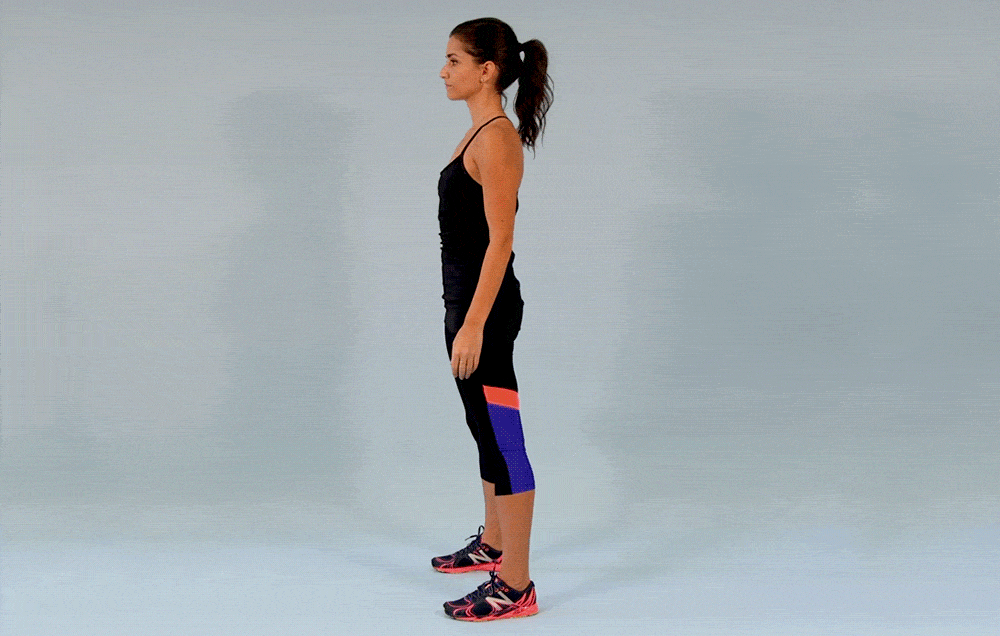Have you ever felt like your workouts weren't truly helping you in your daily life? Sure, you can lift weights and run on a treadmill, but what happens when you need to hoist a heavy suitcase or chase after your kids or grandkids in the park?
This is where knowing what is functional training comes into play.
So, what is functional training and how can it benefit you? In this post, we’ll answer that question.
What Is Functional Training?
Functional fitness training focuses on exercises that mimic movements you perform in your daily routine, in daily life. Unlike traditional weight training, which often isolates specific muscles, functional strength training engages multiple muscle groups simultaneously.
This builds strength, stability, and coordination that translates directly to real world activities.
It's about training your body to move better, feel stronger, and be prepared for anything life throws your way.
Whether you're a seasoned athlete or just starting your fitness journey, functional strength training can make a huge difference in how you move, feel, and perform.
Benefits of Functional Training
It is proven beyond a shadow of a doubt that impaired muscle mass and strength frailty (otherwise known as sarcopenia, or muscle mass loss) plays a pivotal role in mortality among older people.
Both a protein-rich diet and a functional exercise program help maintain strong, healthy muscle mass, which is crucial for healthy aging and reducing the risk of falls.
Approximately one-third of adults over 65 experience falls every year, and 4.1% of those falls involves fractures. Falls are associated with physical disability, dependency on others for tasks of daily living, increased morbidity, and mortality.
One of the most modifiable risk factors for falls is sarcopenia, or loss of muscle mass. Functional fitness has been shown to increase muscle mass, although it hasn't yet been proven whether that leads to a decrease in falls and fractures.
So, a functional fitness training approach goes beyond mere aesthetics. It enhances your body's overall capacity.
Unlike bodybuilding, which focuses on muscle size and isolation, functional strength training aims for better movement quality, power, and injury prevention.

Everyday Life
Imagine effortlessly lifting groceries, playing with your kids or grandkids, tackling those dreaded stairs, or opening a tight bottle lid.
Research has shown that this strength training style helps older adults maintain independence by making everyday activities easier to accomplish. Functional fitness exercises helps with things like balance and coordination. For example, squats use the same muscle groups involved in sitting and getting up, an action you do multiple times per day. Balance is essential in getting dressed, preventing falls, and more.
Maintaining your independence as you age is a great benefit of functional fitness training. This is one of the many ways functional strength training benefits anyone, no matter your age.
Athletic Performance
If you're an athlete, functional fitness can take your performance to the next level. From golfers to runners to basketball players, sport-specific movements improve agility, power, and stamina.
Calisthenics training has been shown to significantly boost upper-body strength, comparable to bench pressing, as per research published in the Journal of Strength and Conditioning Research.
Building a workout routine around this type of strength training can help you reach your fitness goals much faster.
Injury Prevention
Here’s a huge benefit... A strong, well-coordinated body is less prone to injury and falls.
Strengthening your core, which is vital for almost every movement, dramatically reduces the risk of back injuries. A weak core can lead to many common injuries.
Research from Sports Health found that engaging your core is critical for injury prevention. Functional fitness exercises, like holding the plank position for 30 seconds to 2 minutes, are great for strengthening your core naturally.
Best Functional Fitness Training Exercises
A key element of functional fitness is using compound movements that engage multiple joints and muscles at once.
This replicates real-world activities and is far more efficient than isolating single muscles. Resistance bands are a great way to add more resistance to your functional fitness workouts.

Here are a few examples to add to your functional fitness routine:
- Squats - Targets multiple muscles in your core and lower body, improves your balance and posture, and helps power you through daily life and athletics.
- Lunges - Strengthens and tones much of the lower body, preferably done carrying hand weights.
- Push-ups - Improves upper body and core strength. Also improves posture, and doubles as a cardio workout.
- Deadlifts - Picking up or lifting a weight from a dead stop from the floor, like what you do in daily living. Boosts strength in your back and core, builds stronger legs, improves grip strength.
- Pull-ups - Improve arm and back muscles, grip, and overall strength.
- Dumbbell Rows - Great for increasing arm and back strength.
- Planks - Balancing your body weight on toes and palms (or forearms) to strengthen your core.
And if you want to make it a HIIT workout (more on that later), you can combine these moves in various sequences. You can also incorporate what is functional training workouts into group fitness classes.
Here’s a sample workout you can try:
- Squats - 3 sets of 10 reps.
- Push-ups - 3 sets of 8 reps.
- Walking lunges - 3 sets of 10 reps per leg.
- Plank - Hold for 30-60 seconds, repeat 3 times.
Functional Fitness vs. Traditional Training: What’s the Difference?
Many people wonder if traditional strength training can also be considered "functional." The key difference lies in the intent and how well it applies to real-life actions.
While some traditional exercises offer limited functional carryover, functional fitness training emphasizes integrated, multi-joint movements that mimic daily activities -- from lifting a box or laundry basket full of clothes to carrying the box up a flight of stairs.
Traditional weightlifting programs often prioritize maximal strength in isolated movements.
Take the leg press, for example. One can become incredibly strong on the leg press but lack the stability for functional movements like a single-leg squat.
This is highlighted by WebMD, illustrating the difference between gym strength and real-world strength .

HIIT and Tabata: Adding Intensity to Your Routine
High-Intensity Interval Training (HIIT) is an excellent complement to what is functional training.
HIIT combines bursts of intense exercise with short recovery periods and offers phenomenal cardiovascular benefits. But what about its impact on your overall fitness?
Let’s talk about a popular exercise: burpees. This full-body movement targets strength, cardio, and flexibility - it's like a functional exercise trifecta. And incorporating burpees into a HIIT circuit takes their benefits up a notch.
Research suggests a 4-minute Tabata routine, including exercises like burpees, can provide similar cardiovascular benefits to 30 minutes on the treadmill.
This research looked at VO2 Max changes and the differences in responses during these activities. Imagine being able to maximize results in a fraction of the time!
Tabata is a style of HIIT training that breaks a workout into clearly defined intervals – typically, 20 seconds of a push-it-to-the-limit exercise followed by 10 seconds of rest.
Eight consecutive work-and-relax cycles go into a 4-minute round in Tabata.
"Tabata” is named after a Japanese speed skating coach whose last name is Tabata. He designed the workout to improve cardiovascular fitness and build muscular strength.
Calisthenics for Strength and Flexibility
Many shy away from complex weightlifting routines. Here's where calisthenics shines - no fancy gym equipment required.
Calisthenics leverages your own body weight for resistance, making it incredibly accessible. Bodyweight squats are a great place to start with calisthenics.
Exercises like push-ups, squats, lunges, and planks form the core of calisthenics. Bodyweight training has been shown to offer comparable benefits to traditional weightlifting.
Studies indicate calisthenics might be even more effective in enhancing functional strength in your upper body.

Incorporate Functional Training Into Your Workout Routine
If you're convinced, the question becomes, "How do I start incorporating this approach into my fitness regime?" Here’s how to begin.
Start slow
Begin with your current fitness level. Focus on correct form before increasing weight or intensity. Incorrect form defeats the purpose and increases the risk of injury.
Make it a habit
Schedule functional workouts as regularly as any gym visit. Think two or three times per week, focusing on different movement patterns.
Developing new habits requires planning, setting new triggers, and forced repetition till you can do it without thinking!
Pay Attention to Your Core
Remember those plank exercises mentioned earlier? Prioritizing core strengthening exercises lays a strong foundation for every functional movement.
It’s amazing how crucial a strong core is for functional fitness. If your core is weak, your body will compensate with other muscle groups. That compensation can throw your form off and can eventually lead to pain and injury.
Improving functional movement should be one of your fitness goals if you are just starting out.
Listen to Your Body
Your body signals when it needs rest, whether through fatigue or soreness. Ignoring these signs can lead to burnout or injury.
Rest and recovery are essential for muscle healing, energy restoration, and mental reset, ensuring long-term performance and well-being. Remember, rest days are just as important as workout days.

FAQs About What Is Functional Training
What is considered functional training?
Any exercise mimicking a real-life movement or activity is considered functional fitness training.
Instead of solely focusing on muscle isolation, these workouts utilize compound movements to enhance overall strength, flexibility, and balance for everyday tasks.
What are three examples of functional training?
Examples of functional exercises include:
- Squats: Simulates sitting down and standing up from a chair or picking something up off the floor. Squats strengthen the muscles in your lower body.
- Lunges: Stepping forward with one foot keeping your knees bent at 90 degrees, strengthens the legs and core.
- Overhead press: Replicates lifting an object above your head and strengthens the shoulders and arms.
What is the difference between functional training and physical training?
Traditional physical training is often geared toward strength, endurance, and aesthetics. Functional training specifically focuses on improving real-life movement patterns.
While physical training could help you excel in lifting weights or running long distances, functional fitness trains your body for practical tasks like climbing stairs or carrying groceries.
Is functional training the same as HIIT?
Though both are effective workout styles, functional training and HIIT aren't the same. While you can use functional training exercises in a HIIT workout, HIIT is more of a training method focused on high-intensity bursts followed by brief recovery.

Conclusion
So, what is functional training? Functional training is about making you better at functioning in life. From simple chores to athletic endeavors, it improves strength, balance, coordination, and flexibility.
It involves compound movements, embraces calisthenics, adds an HIIT component, and focuses on your core.
Overall, it allows you to tailor your workout regime for maximum effectiveness and, most importantly, move with confidence and resilience. And when it comes to daily life, that’s the true strength! 💪





Share:
How to Lower Stress: 26 Strategies You Can Start Today
Unlocking the Secrets: How to Become a Centenarian Naturally